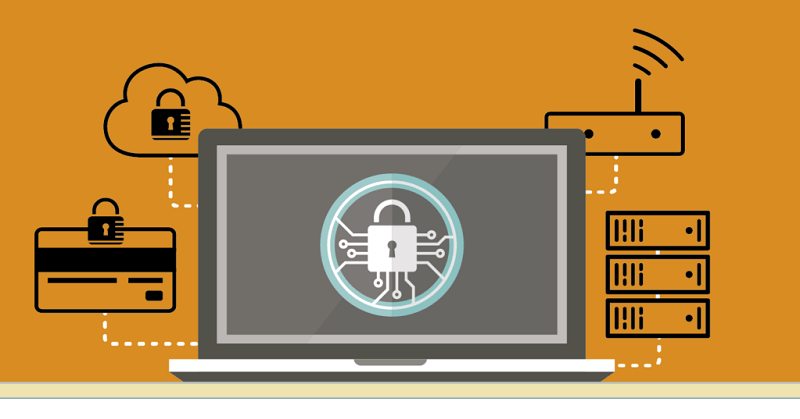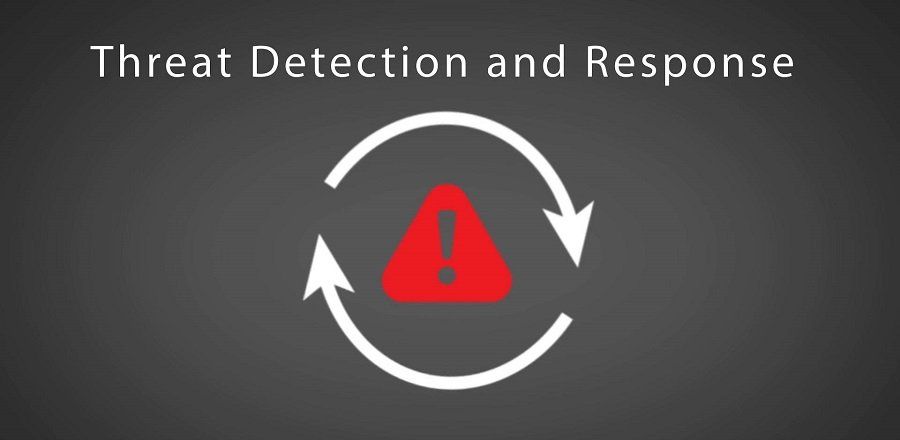A 4-Step Guide to Building An Effective Security Operations Center
- By Michael Samson
- •
- 06 Jan, 2018
- •

As security threats continue to get more and more advanced, there is a growing demand in the global industry for organizations to start building Security Operations Centers (SOCs).
Relying on standard firewalls and antivirus software programs is simply not enough in the modern world; it’s the equivalent of protecting the National Bank with just one guard standing at the front door.
Effective cybersecurity requires layers of defenses, active real-time detection of threats, and measures put in place that can deal with these threats quickly and efficiently.
Ideally, it is recommended that you outsource the business security entirely to a managed SOC; a professional third party company that can take full responsibility for securing your networks using the latest software and techniques.
However, it is understandable that the data at some organizations are far too sensitive to be seen by any outsiders. In this case, your best option is to build an in-house operations center.
Here is a 4-step guide to the process:
Step 1: Planning
The first phase of the planning process is to assess the capabilities of your staff and technology. This assessment will give you a good baseline to work with, and allow you to determine what the objectives of the future SOC will look like.
Once you know where your business stands, gather all the parties responsible for developing the operations center, and create a common goal that everyone understands and is willing to work towards.
The second phase is the development of a thorough strategy, which should include the mission statement, the scope of work, the goals, the model of operation, the services, and the metrics that will be used to judge the SOC’s success.
Do keep in mind that the new General Data Protection Regulations (GDPR) will come into effect in May. A GDPR risk assessment analysis should help you save your company from millions of Euros in potential fines.
Steps 2 & 3: Designing and building
The next step in the process is to design and build the operations center.
An important area of focus here will be determining how the SOC will collect data. Typically, this is done through a centralized data collection tool like a SIEM (Security Information and Event Management) solution.
Other security tools like firewalls and intrusion detection systems simply feed data into the SIEM, giving network safety analysts a complete picture of what’s going on in the network.
The recommended practice here is to make sure there are multiple layers of defenses, each capable of detecting and preventing an attack if the first layer fails to do its job.
An excellent example of this layered approach is to have a firewall or VPN guarding the network’s entry points, an antivirus or an IPS detecting and attacking threats that make it through, and breach detection software mitigating any damages done by applying remedial measures.
The important thing to keep in mind is that you will need to ensure that the level of security is consistently high throughout all areas of the network. That includes securing traditionally common weak points like mobile devices, user desktops, and the data center.
Have a professional conduct a vulnerability test on your networks to identify where potential loopholes lie and make sure you include all of these breach points in the SOC’s scope of work.
Once the design is finalized, your last action will be to assess the people. In the modern job market, there are more jobs available than there are qualified professionals, and you’ll need to go through a thorough hiring process if you want the best specialists in the industry.
Step 4: Operating and reviewing
With the design finalized and built, it’s time for the SOC to go live.
There are some things you’ll need to ensure before the operational date:
- All the new processes have been tested
thoroughly
- The technology has been checked to make sure
everything works properly
- All of the staff has received any training that
was required and is aware of their responsibilities.
Once the SOC is operational, you can go about monitoring any threats and holding weekly or monthly review sessions to gauge how well the operations center is doing using the objectives list established earlier.
And there you go!
Your business now has proper protection against any and all cyber threats that may arise in the future! No SOC will ever be perfect, but a well-built solution does evolve with time for the better.









